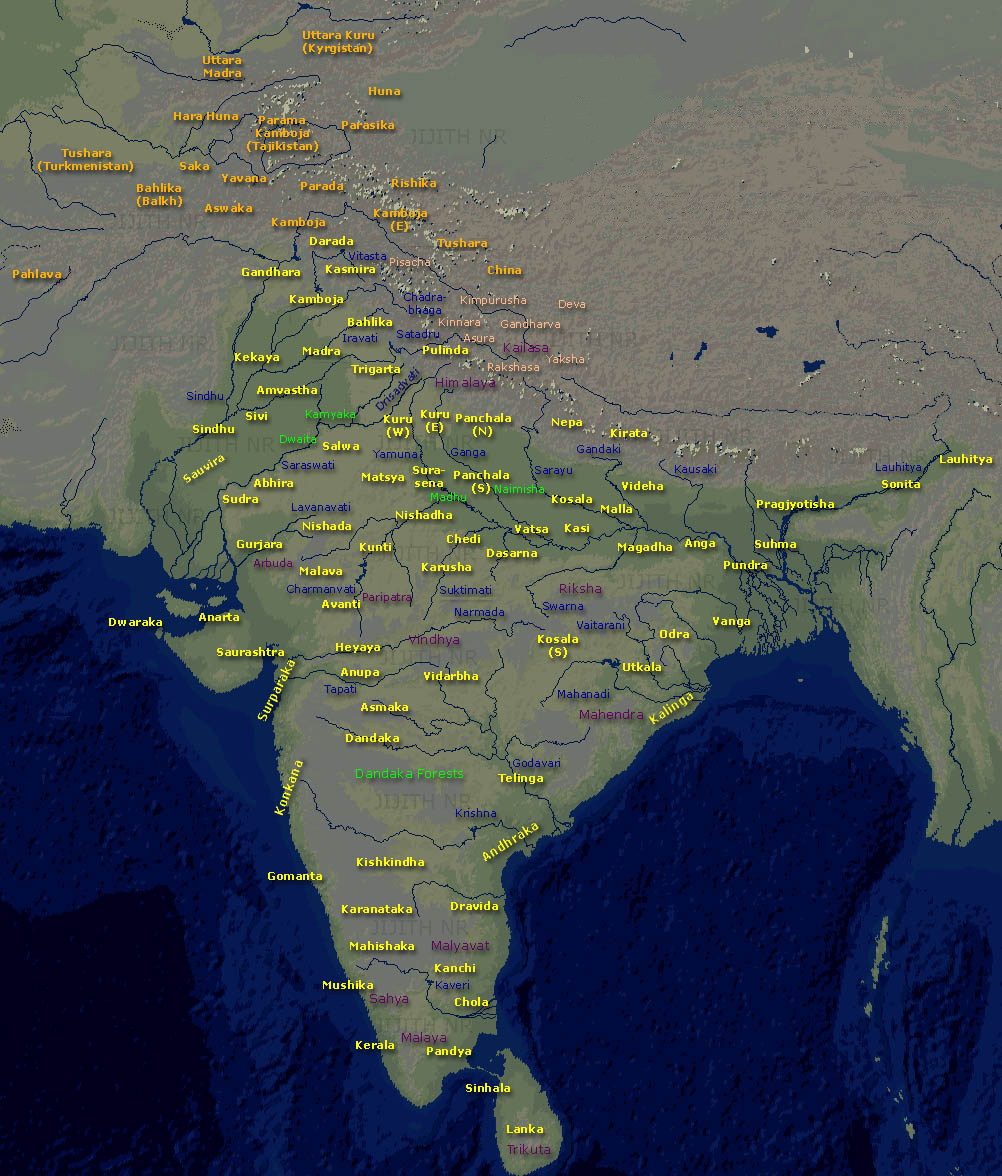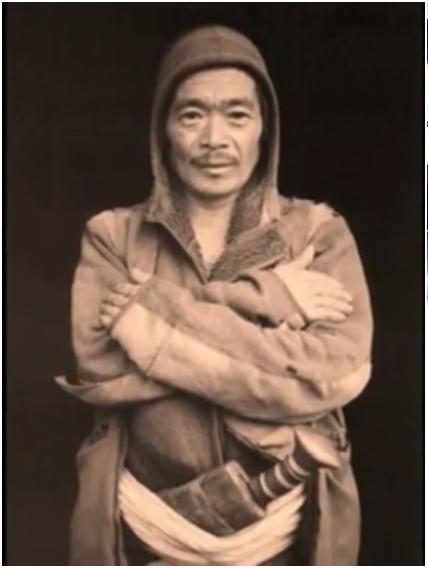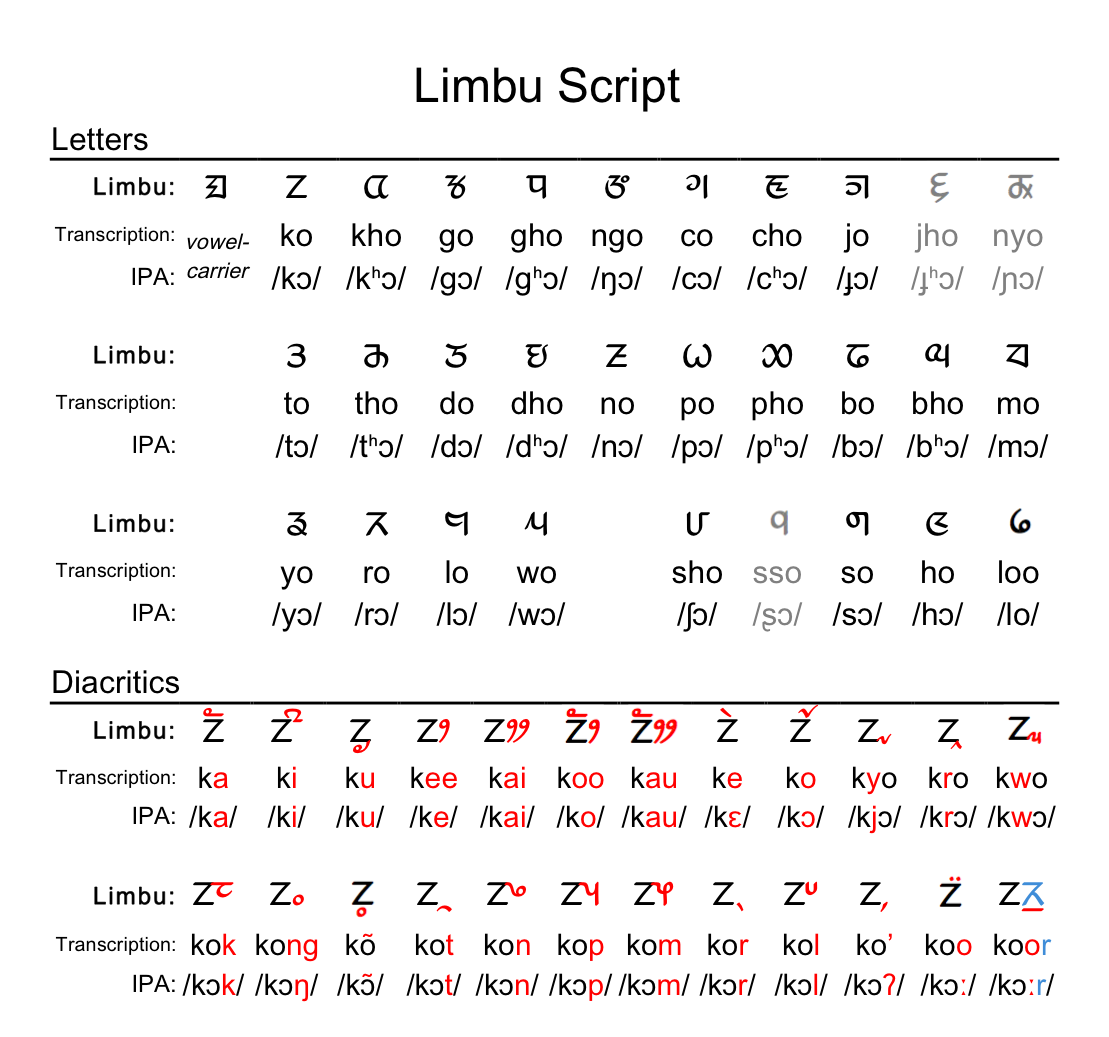|
Kirata
The Kirāta () is a generic term in Sanskrit literature for people who had territory in the mountains, particularly in the Himalayas and Northeast India and who are believed to have been Sino-Tibetan in origin. Historical mention and mythology The ''Kirata''s often mentioned along with Cinas (Chinese), and slightly different from the Nishadas, are first mentioned in the Yajurveda (''Shukla'' XXX.16; ''Krisha'' III.4,12,1), and in the Atharvaveda (X.4,14). According to Suniti Kumar Chatterji, the name ''Kirata'' seems to be used for any non-Aryan hill-folk, however Manu's Dharmashastra (X.44) calls them "degraded Kshatriyas", which Chatterji infers to be a term for people who were advanced in military or civilization to some degree and not complete barbarians. It is speculated that the term is a Sanskritization of a Tibeto-Burman tribal name, like that of Kirant or Kiranti of eastern Nepal. In the ''Periplus'', the Kirata are called Kirrad ... [...More Info...] [...Related Items...] OR: [Wikipedia] [Google] [Baidu] |
Kirata Kingdom
Kirata kingdom in Sanskrit literature and Hindu mythology refers to any kingdom of the Kiratis, who were dwellers mostly in the Himalayas (mostly eastern Himalaya). They took part in the Kurukshetra War along with Parvatas (mountaineers) and other Himalayan tribes. References in Mahabharata The Kambojas, Gandharas, Kiratas and Barbaras were mentioned together as northern tribes at (12,206). The Yavanas, the Kiratas, the Gandharvas, the Chinas, the Savaras, the Barbaras, the Sakas, the Tusharas, the Kankas, the Pathavas, the Andhras, the Madrakas, the Paundras, the Pulindas, the Ramathas, the Kamvojas were mentioned together as tribes beyond the kingdoms of Aryavarta. The Aryavarta-kings had doubts on dealing with them. (12,64) Kiratas as a Mlechha tribe Kiratas were mentioned along with Pulindas and Chinas, Hunas, Pahlavas, Sakas, Yavanas, Savaras, Paundras, Kanchis, Dravidas, Sinhalas and Keralas. All these tribes were described as Mlechha ... [...More Info...] [...Related Items...] OR: [Wikipedia] [Google] [Baidu] |
Cinas
The Chinas (Sanskrit ) are a people mentioned in the Indian religious texts, such as the '' Mahabharata'', '' Manusmriti'', and the Puran. Etymology The origin of the Sanskrit name is commonly believed to have been the Qin (''Tsin'' or ''Chin'' in older transliterations) dynasty which ruled in China from 221 BC, or the preceding state of Qin which is traditionally dated to the 9th century BC.Geographical Data in Early Puranas, 1972, p172, Dr M. R. Singh There are a number of other suggestions for the origin of the word. Some Chinese and Indian scholars argued for the state of Jing () as the likely origin of the name, while other theories suggest it is derived from ''Zina'', the endonym of the inhabitants of Yelang.Wade, Geoff,The Polity of Yelang and the Origin of the Name 'China', ''Sino-Platonic Papers'', No. 188, May 2009. Hindu religious texts Mahabharata The Sanskrit epic work '' Mahabharata'' contains certain references to China, referring to its people as the ' ... [...More Info...] [...Related Items...] OR: [Wikipedia] [Google] [Baidu] |
Kirātārjunīya
''Kirātārjunīya'' (, ''Of Kirata and Arjuna'') is an epic poem by Bhāravi, written in Sanskrit. Believed to have been composed in the 6th century or earlier, it consists of eighteen cantos describing the combat between Shiva (in the guise of a '' kirata'', or "mountain-dwelling hunter"), and Arjuna. Along with the ''Naiṣadhacarita'' and the ''Shishupala Vadha'', it is one of the larger three of the six Sanskrit mahakavyas, or great epics. It is noted among Sanskrit critics both for its gravity or depth of meaning, and for its forceful and sometimes playful expression. This includes a canto set aside for demonstrating linguistic feats, similar to constrained writing. Later works of epic poetry followed the model of the ''Kirātārjunīya''. Synopsis Overview The ''Kirātārjunīya'' predominantly features the ''Vīra rasa'', or the mood of valour. It expands upon a minor episode in the ''Vana Parva'' ("Book of the Forest") of the ''Mahabharata'': While the Pandavas a ... [...More Info...] [...Related Items...] OR: [Wikipedia] [Google] [Baidu] |
Kirati People
The Kirati people, also spelled as Kirat or Kirant or Kiranti, are Tibeto-Burman ethnolinguistic groups living in the Himalayas, mostly the Eastern Himalaya extending eastward from Nepal to North East India (predominantly in the Indian state of Sikkim and the northern hilly regions of West Bengal, that is, Darjeeling and Kalimpong districts). Etymology The term "Kirat" has a rich and complex etymology rooted in the cultural and historical contexts of the eastern Himalayas. The Kirat people, who are indigenous to the region encompassing parts of Nepal, India, and Bhutan, trace their name back to ancient traditions and languages. The etymology of "Kirat" is believed to derive from the Sanskrit term "Kirāta," which originally referred to the indigenous tribes of the region, particularly those living in the hilly and mountainous areas of ancient India. In Sanskrit and classical texts, "Kirāta" was used to describe the people inhabiting the rugged terrains of the eastern Himalaya ... [...More Info...] [...Related Items...] OR: [Wikipedia] [Google] [Baidu] |
Kiranti
The Kirati people, also spelled as Kirat or Kirant or Kiranti, are Tibeto-Burman ethnolinguistic groups living in the Himalayas, mostly the Eastern Himalaya extending eastward from Nepal to North East India (predominantly in the Indian state of Sikkim and the northern hilly regions of West Bengal, that is, Darjeeling and Kalimpong districts). Etymology The term "Kirat" has a rich and complex etymology rooted in the cultural and historical contexts of the eastern Himalayas. The Kirat people, who are indigenous to the region encompassing parts of Nepal, India, and Bhutan, trace their name back to ancient traditions and languages. The etymology of "Kirat" is believed to derive from the Sanskrit term "Kirāta," which originally referred to the indigenous tribes of the region, particularly those living in the hilly and mountainous areas of ancient India. In Sanskrit and classical texts, "Kirāta" was used to describe the people inhabiting the rugged terrains of the eastern Himala ... [...More Info...] [...Related Items...] OR: [Wikipedia] [Google] [Baidu] |
Nepal
Nepal, officially the Federal Democratic Republic of Nepal, is a landlocked country in South Asia. It is mainly situated in the Himalayas, but also includes parts of the Indo-Gangetic Plain. It borders the Tibet Autonomous Region of China China–Nepal border, to the north, and India India–Nepal border, to the south, east, and west, while it is narrowly separated from Bangladesh by the Siliguri Corridor, and from Bhutan by the States and union territories of India, Indian state of Sikkim. Nepal has a Geography of Nepal, diverse geography, including Terai, fertile plains, subalpine forested hills, and eight of the world's ten List of highest mountains#List, tallest mountains, including Mount Everest, the highest point on Earth. Kathmandu is the nation's capital and List of cities in Nepal, its largest city. Nepal is a multi-ethnic, multi-lingual, multi-religious, and multi-cultural state, with Nepali language, Nepali as the official language. The name "Nepal" is first record ... [...More Info...] [...Related Items...] OR: [Wikipedia] [Google] [Baidu] |
Northeast India
Northeast India, officially the North Eastern Region (NER), is the easternmost region of India representing both a geographic and political Administrative divisions of India, administrative division of the country. It comprises eight States and union territories of India, states—Arunachal Pradesh, Assam, Manipur, Meghalaya, Mizoram, Nagaland and Tripura (commonly known as the "Seven Sisters"), and the "brother" state of Sikkim. The region shares an international border of 5,182 kilometres (3,220 mi) (about 99 per cent of its total geographical boundary) with several neighbouring countries – it borders China to the north, Myanmar to the east, Bangladesh to the south-west, Nepal to the west, and Bhutan to the north-west. It comprises an area of , almost 8 per cent of that of India. The Siliguri Corridor connects the region to the Mainland India, rest of mainland India. The states of North Eastern Region are officially recognised under the North Eastern Council (NEC), co ... [...More Info...] [...Related Items...] OR: [Wikipedia] [Google] [Baidu] |
Bhima
Bhima (, ), also known as Bhimasena (, ), is a hero and one of the most prominent characters in the Hindu epic ''Mahabharata''. As the second of the five Pandava brothers, Bhima was born to Kunti—the wife of King Pandu—fathered by Vayu, the wind god, which bestowed upon him superhuman strength from birth. His rivalry with the Kauravas, especially Duryodhana, defined much of his life, with this tension ultimately erupting in the Kurukshetra War, where Bhima killed all hundred Kaurava brothers. Bhima's life was filled with extraordinary episodes that showcased his strength and bravery. From childhood, where he was poisoned, to his victories over formidable foes like Bakasura, Hidimba, and Jarasandha, Bhima's adventures are integral to the ''Mahabharata''’s storyline. His raw, earthy nature is reflected in the brutal slaying of his enemies, his immense appetite and his marriage with Hidimbi, a rakshasi (a demoness), who bore him a son, Ghatotkacha, a powerful warrior who woul ... [...More Info...] [...Related Items...] OR: [Wikipedia] [Google] [Baidu] |
Malabathrum
Malabathrum, malabathron, or malobathrum is the name used in classical and medieval texts for certain cinnamon-like aromatic plant leaves and an ointment prepared from those leaves. '' Cinnamomum tamala'' (sometimes given as ''Cinnamomum tejpata''), grown most commonly in the eastern Himalayas, but also in the Western Ghats, is thought to be a notable source of these leaves,Casson, Lionel. ''The Periplus Maris Erythraei: Text With Introduction, Translation, and Commentary'' 1989. Princeton University Press p. 241 although other species of ''Cinnamomum'' and even plants in other genera may have been used. In ancient Greece and Rome, the leaves were used to prepare a fragrant oil, called ''oleum malabathri'', and were therefore valuable. History Malabathrum is mentioned in the first century Greek text '' Periplus Maris Erythraei'' and sourced to a people called 'Sêsatai', identified with Kirradai ( Kirata) of Ptolemy. Though malabathrum was a product of Northeast India, it was r ... [...More Info...] [...Related Items...] OR: [Wikipedia] [Google] [Baidu] |
Sylvain Lévi
Sylvain Lévi (; March 28, 1863 – October 30, 1935) was an influential French intellectual and author whose specialities were oriental studies and India. He taught Sanskrit and Indian religions at the École pratique des hautes études in Paris, France. One of his notable students was Paul Pelliot. Lévi's book ''Théâtre Indien'' is an important work on the subject of Indian performance art, and Lévi also conducted some of the earliest analysis of Tokharian fragments discovered in Western China. Lévi exerted a significant influence on the life and thought of Marcel Mauss, the nephew of Émile Durkheim. Sylvain Lévi was a co-founder of the École française d'Extrême-Orient in Hanoi. According to the Universal Jewish Encyclopedia, Lévi was (one of the) founder(s) of the École française d'Extrême-Orient (EFEO) (French School of the Far East) in Hanoi. The École française d'Extrême-Orient's website notes that the school was founded in Hanoi in 1902. One of h ... [...More Info...] [...Related Items...] OR: [Wikipedia] [Google] [Baidu] |
Yoga Vasistha
''Vasishta Yoga Samhita'' (, IAST: '; also known as ''Mokṣopāya'' or ''Mokṣopāyaśāstra'', and as ''Maha-Ramayana'', ''Arsha Ramayana'', ''Vasiṣṭha Ramayana'', ''Yogavasistha-Ramayana'' and ''Jnanavasistha'', is a historically popular and influential syncretic philosophical text of Hinduism, dated to the 11th—14th century CE. According to Mainkar, writing in 1977, the text started as an Upanishad, which developed into the ''Laghu Vasistha'', incorporating Buddhist ideas, and then, between 1150 and 1250, the ''Yoga Vasistha'', incorporating Shaivite Trika ideas. According to Slaje, writing in the 2000s, the ''Mokṣopāya'' was written in Kashmir in the 10th century. According to Hanneder and Slaje, the ''Mokṣopāya'' was later (11th to the 14th century) modified, showing influences from the Saivite Trika school, resulting in the ''Yogavāsiṣṭha'', which became an orthodox text in Advaita Vedanta. The text is attributed to Maharishi Valmiki, but the real author ... [...More Info...] [...Related Items...] OR: [Wikipedia] [Google] [Baidu] |
Proto-Australoid
Australo-Melanesians (also known as Australasians or the Australomelanesoid, Australoid or Australioid race) is an outdated historical grouping of various people indigenous to Melanesia and Australia. Controversially, some groups found in parts of Southeast Asia and South Asia were also sometimes included. While most authors included Papuans, Aboriginal Australians and Melanesians (mainly from Fiji, New Caledonia, Solomon Islands and Vanuatu), there was controversy about the inclusion of the various Southeast Asian populations grouped as "Negrito", or a number of dark-skinned tribal populations of the Indian subcontinent. The concept of dividing humankind into three, four or five races (often called Caucasoid, Mongoloid, Negroid, and Australoid) was introduced in the 18th century and further developed by Western scholars in the context of " racist ideologies" during the age of colonialism. With the rise of modern genetics, the concept of distinct human races in a biological ... [...More Info...] [...Related Items...] OR: [Wikipedia] [Google] [Baidu] |







